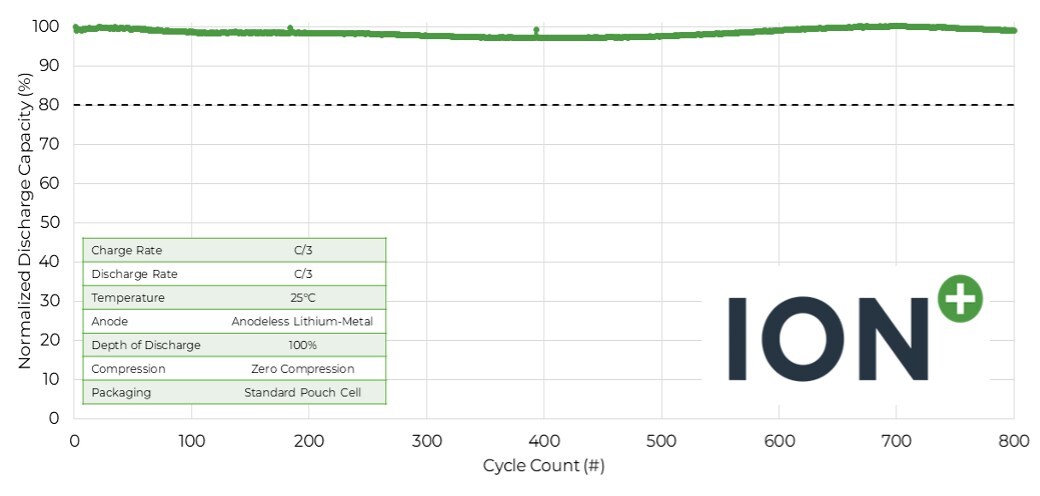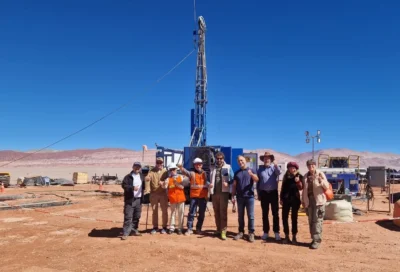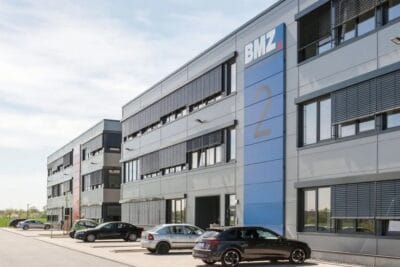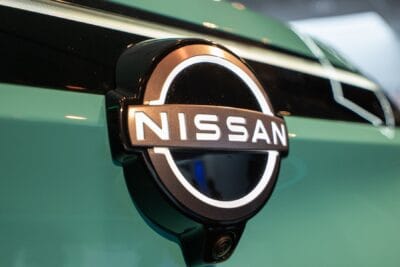ION Storage Systems announces battery research breakthrough
ION’s cells cycle without compression or volume change, which has traditionally been a major obstacle to the introduction of solid-state batteries. In March this year, ION Storage Systems announced that the US military had achieved more than 125 cycles with less than five per cent capacity loss using its own solid-state battery cells
“The stable cycling that we’ve repeatedly observed in our R&D cells is the culmination of key innovations by ION’s ceramic scientists and battery scientists over the past several years,” said Dr Nicholas Hudak, Director of Cell R&D at ION, adding: “The combination of our next-generation ceramic electrolyte and unique cell architecture has enabled the only known anodeless, compressionless, lithium-metal battery that can cycle with this level of stability at 25°C. ION has built a world-class team of scientists, engineers, and operations staff who are rapidly solving technical challenges to bring this technology to a commercially relevant scale.”

Interestingly enough, the last breakthrough by ION Storage Systems was reported in March of this year, when the US company achieved more than 125 cycles with less than five per cent capacity loss using its anode-less solid-state battery cells. Reaching 800 cycles from there in only 7 months is an impressive achievement.
ION also underlines the safety of the solid-state battery technology, which “requires no compression, swell budget, extensive cooling system or heavy fire barriers.”
ION’s CTO, Dr Greg Hitz further explained the technical achievement: “It is unprecedented for an anodeless cell to reach this kind of cycle life without compression. ION has now produced a cell with performance that’s compelling to replace a huge portion of the lithium-ion market. Next up is building it into commercial format, multilayer cells off our pilot line and doing so with high repeatability to put in customers’ hands.”
ION’s SSB platform initially came from the University of Maryland’s incubator and the company was founded in 2015. It now plans to its release its first-generation product to commercial customers in late 2024.





0 Comments